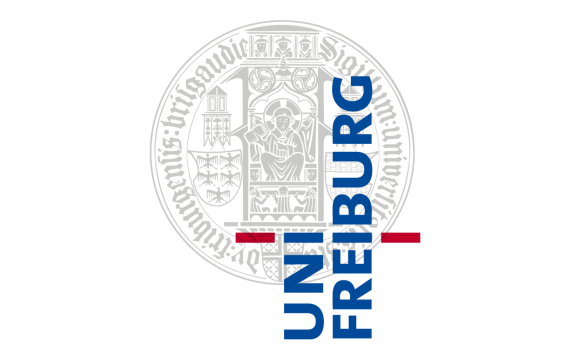Back to: Image Data Repositories
The BioImage Archive – example of an archive-type image data repository
Repositories provide long-term storage and access to published data, often in combination with minimun required metadata to make the data findable. There are many discipline-specific repositories for publishing scientific data as can be found using repository registries. However, some data may not be well-suited for any particular disciplinary repository, or the data type cannot be handled well by those repositories.
The BioImage Archive was implemented at the European Molecular Biology Laboratory – European Bioinformatics Institute (EMBL-EBI) at Hinxton, UK. As described by Ellenberg et al. (2018), it serves the need for a bioimaging-specific repository of the „data archive“ type, primarily ensuring the faithful storage, representation, and accessibility of the scientific record. The BioImage Archive accepts bioimaging data in general as long as the data belongs to a peer-reviewed publication. Pure data publications are not in the scope of the Bioimage Archive. Furthermore, the BioImage Archive does not accept patient-identifiable data.
For data submission, metadata are recommended
Data submitters can upload their data to the BioImage Archive after pre-formatting the data structure and annotating data with metadata. In principle, the BioImage Archive does not force submitters to curate their data extensively. A minimum set of metadata suffices, but it is strongly recommended that some minimal standardization is met. BIA encourages the use of the REMBI metadata standard annotation.
Browsing, access, and reuse
Data in the BioImage Archive can be browsed through the web interface. However, it is typically required to download the data before it can be visualized. Information about the data license can be found at the bottom of the page. CC0 (public domain) is the preferred license by the repository. While this license allows reuse of the data without any legal constraints, the rules of good scientific practice should yet make it imperative for any secondary user to cite the original source appropriately, if (part of) the data is reused in a new study.
For more information, see: Hartley et al., 2022, J Mol Biol (free pre-print on BioRxiv)





